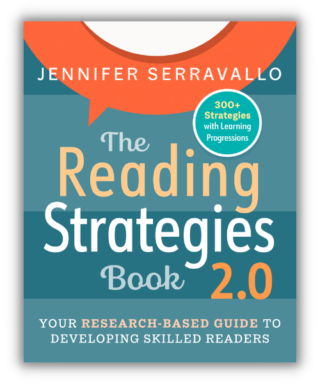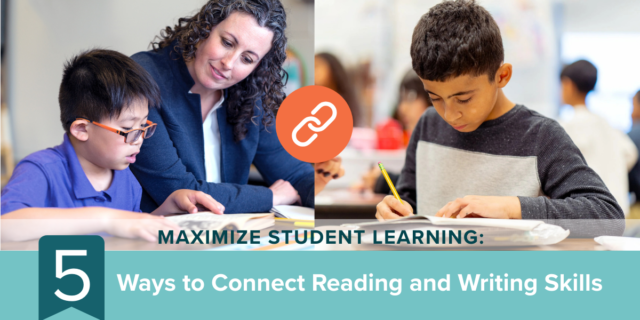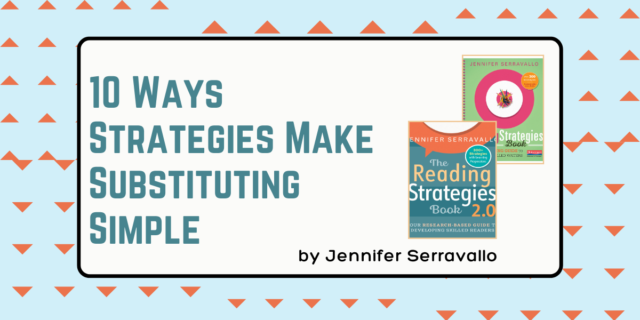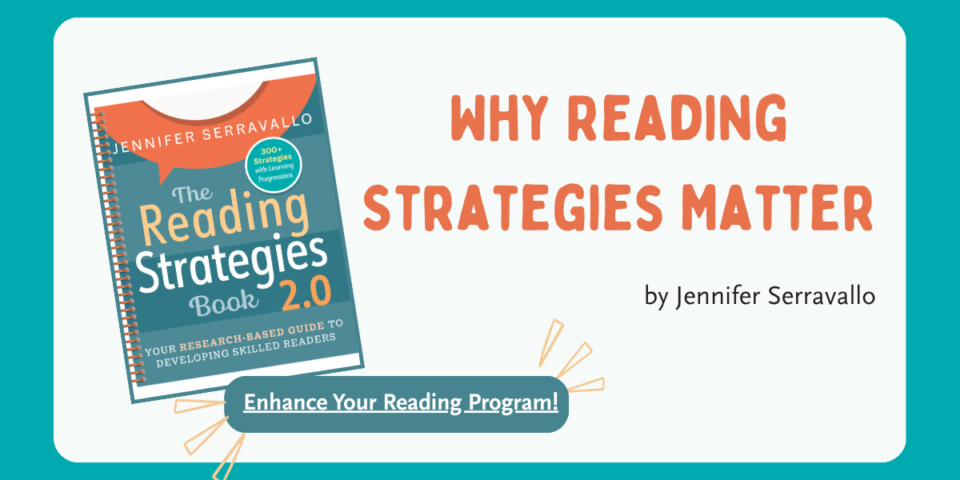
by Jennifer Serrravallo
I love strategies. I use them in what seems like every facet of my life, from organizing my closet to managing my time to motivating myself to tackle chores I don’t enjoy. And I, like every proficient reader, automatically activate dozens of strategies as I read. Think about how you skim headlines to determine which of the articles in your news feed are most relevant, how you use your knowledge of roots and suffixes to figure out the likely meaning of an unknown word, or how when reading aloud to a child at bedtime, you use expression to bring the text to life.
Strategies can be a useful hack for learning any skill. And when teaching explicitly, strategies are essential to the learning process.
What Is a Reading Strategy?
A strategy helps make any reading goal or skill doable by breaking it down into clear, actionable steps that guide the reader through the process.

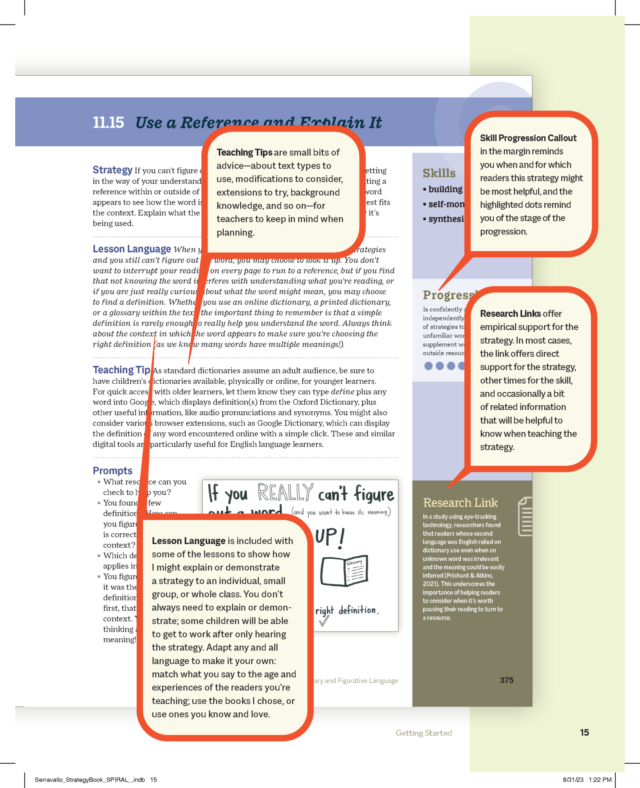
What is the Research Base for Reading Strategies?
Using strategies in the classroom is supported by an enormous research base supported by decades of study in neuroscience, education, linguistics, and education. In fact, research has shown that strategies support all students across all grades, learning levels, and socioeconomic backgrounds. A good reading strategy offers a temporary scaffold that with practice becomes automatic and integrated into students’ bank of learning tools.
For more about the research supporting strategy use in the classroom, click below to read the excerpt.

5 Ways Strategies Build Reading Skills & Knowledge
Strategies respond to student needs. Students make the most progress in their reading and learning when our teaching is responsive to their individual needs. Introducing the right strategy at the right time is key. You’ll want to pay attention to where a student is in their learning progression as well as the learning objective. For instance, with an early reader, you may need to teach them to pause, look at each page, and think about what they have read. For a more advanced reader you may teach them how to look at headers, subheads, insets, and other text features to establish a hierarchy of information. Both these strategies help students determine importance, critical to students truly understanding and learning from what they have read.
Strategies make the most of limited teaching time. Strategies make it easier for students to actively process what they are reading. Teaching students to make sense of text features —how to read captions, identify key details in photos, consider sidebars, summarize graphs and charts, etc.—helps them successfully unpack and synthesize the information included in various features with information from the main text. Students who use strategies to comprehend text features can more easily navigate content, determine main ideas, identify key details, summarize what they have read, and more. In essence, teaching strategies helps students better understand what they have read, saving you from having to reteach critical information.
Strategies help students build knowledge. Understanding how to tackle any aspect of a text allows students to concentrate on what they are learning. Strategies provide the how—from reading with accuracy to understanding figurative language to comprehending characters. With practice, the how (strategies) become automatic, allowing readers to readily apply them with ease so they build knowledge from the text they are reading. As an example, teaching readers explicitly about expository text structure and helps them better identify important information, infer a main idea, and summarize the text.
Strategies provide students with multiple ways to approach any text. Do you have go-to strategies for predictable teaching challenges, such as redirecting a student who is off-task? You probably have more than one because you know that no one strategy will works perfectly for every student in every situation. Learning multiple strategies to explore new vocabulary, understand plot and setting, or examine key topics ensures that students can select the strategy best suited to the reading task, objective, or unique traits of the text. For example, if using the part of speech as a clue or looking for a definition further along in the text doesn’t help a student determine a word meaning, then perhaps breaking down the word into roots and bases or prefixes and suffixes might help.
Strategies provide students with lifelong learning tools. I think that this is the most important reason to teach strategies. The goal of every teacher is to provide students with skills and knowledge that they can draw on and build upon. The strategies that students learn to determine character motivation not only help them better understand what they read but can also teach them a lot about humans in general. The strategies they learn to determine key themes in their reading can also be applied to videos and conversations. The strategies they use to ascertain how key details support a particular perspective can help them verify if something they have read, heard, or seen is backed by verifiable evidence.
Strategies are truly the building blocks of how, and ultimately if and what, we learn. For more information on how you can successfully incorporate strategies into your lessons, please check out The Reading Strategies Books 2.0. For supplemental resources connected to the text, and more information about inviting me or a colleague to join you in your school, visit www.jenniferserravallo.com.
